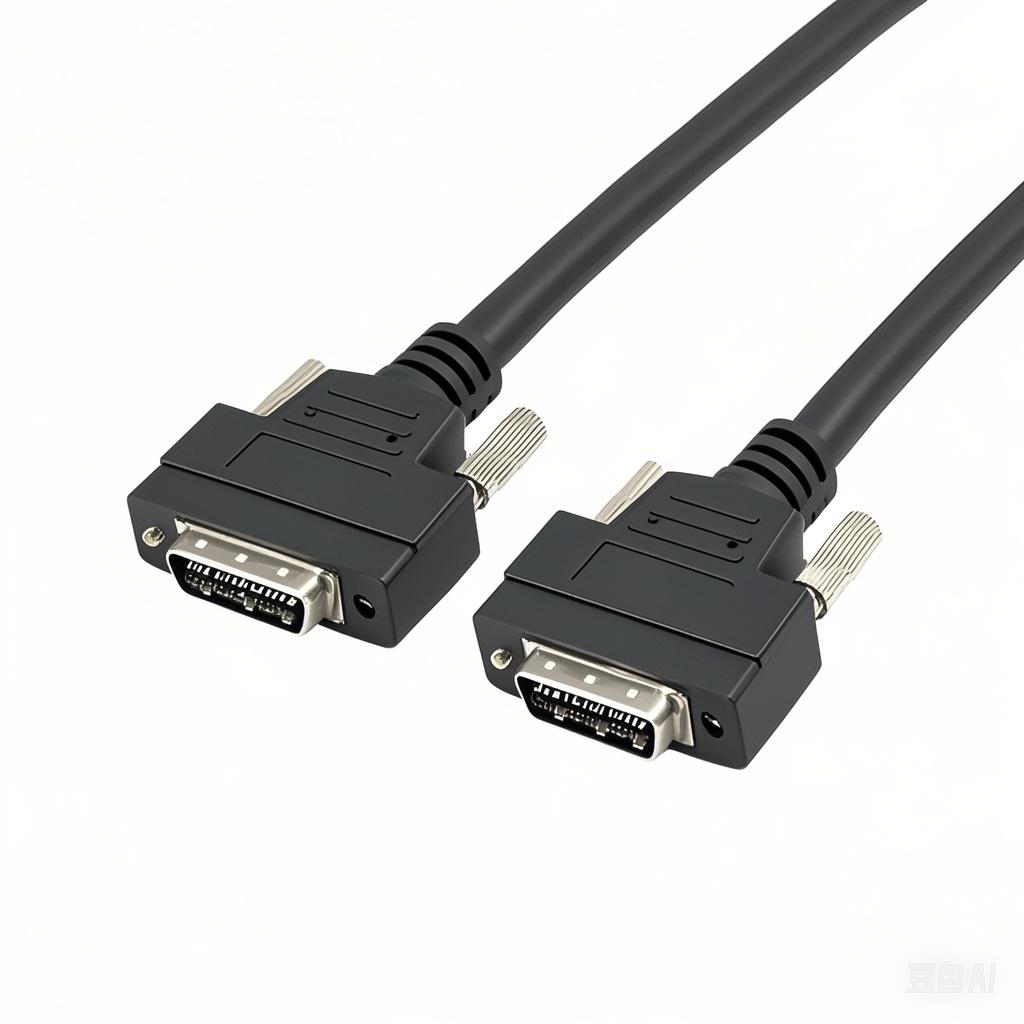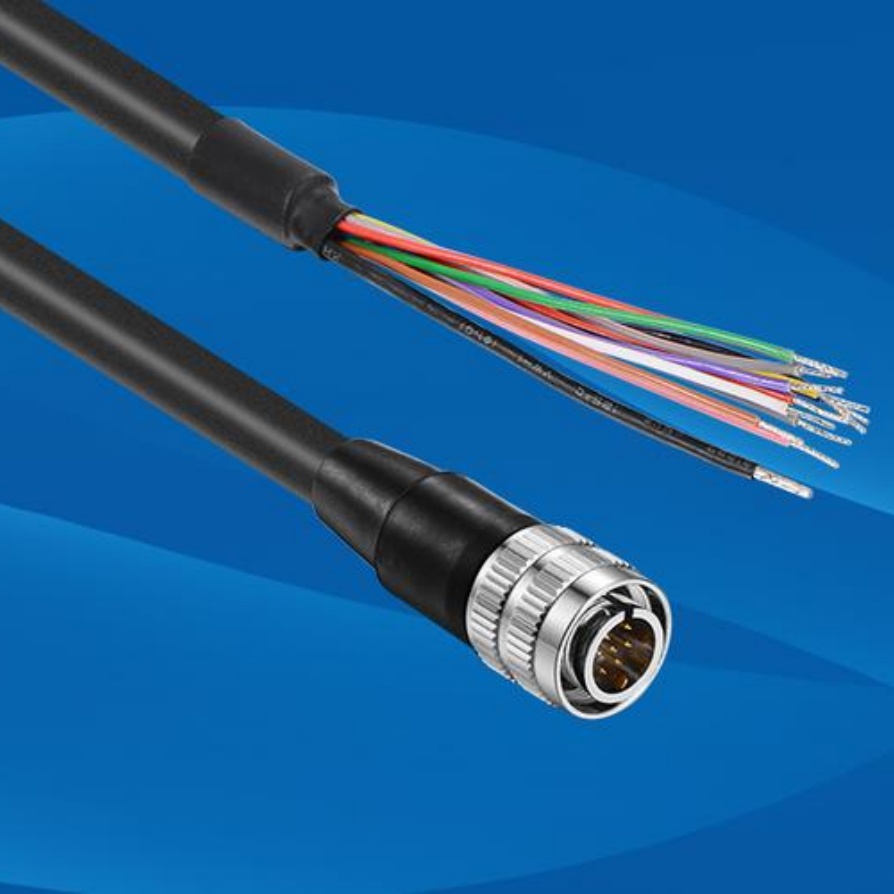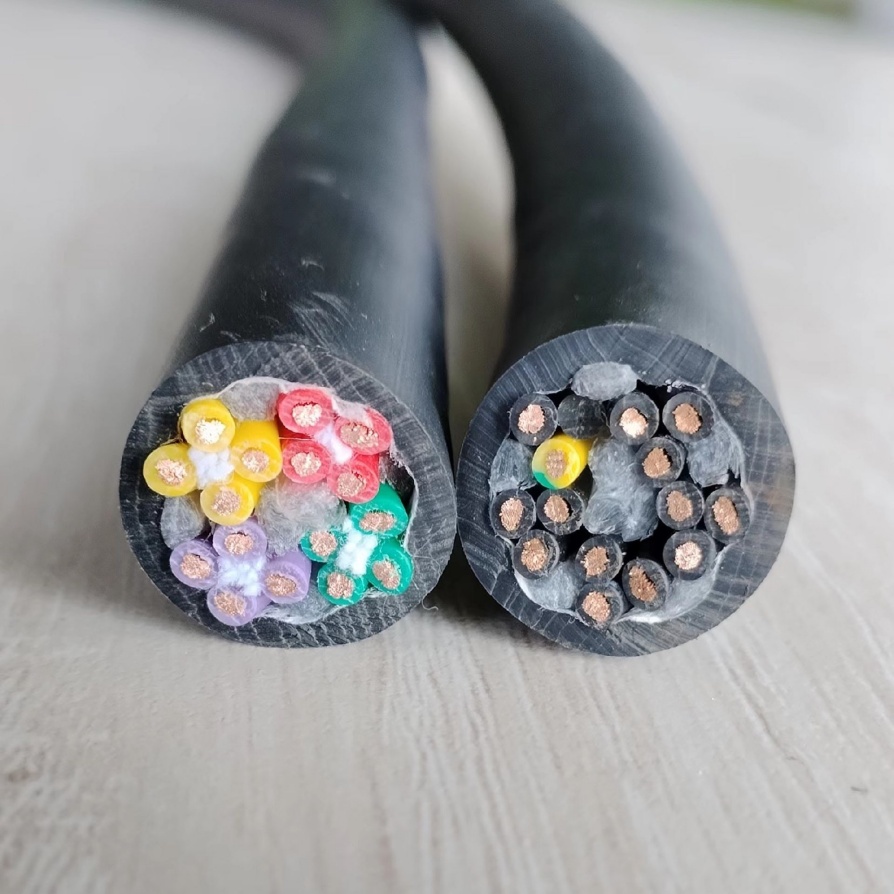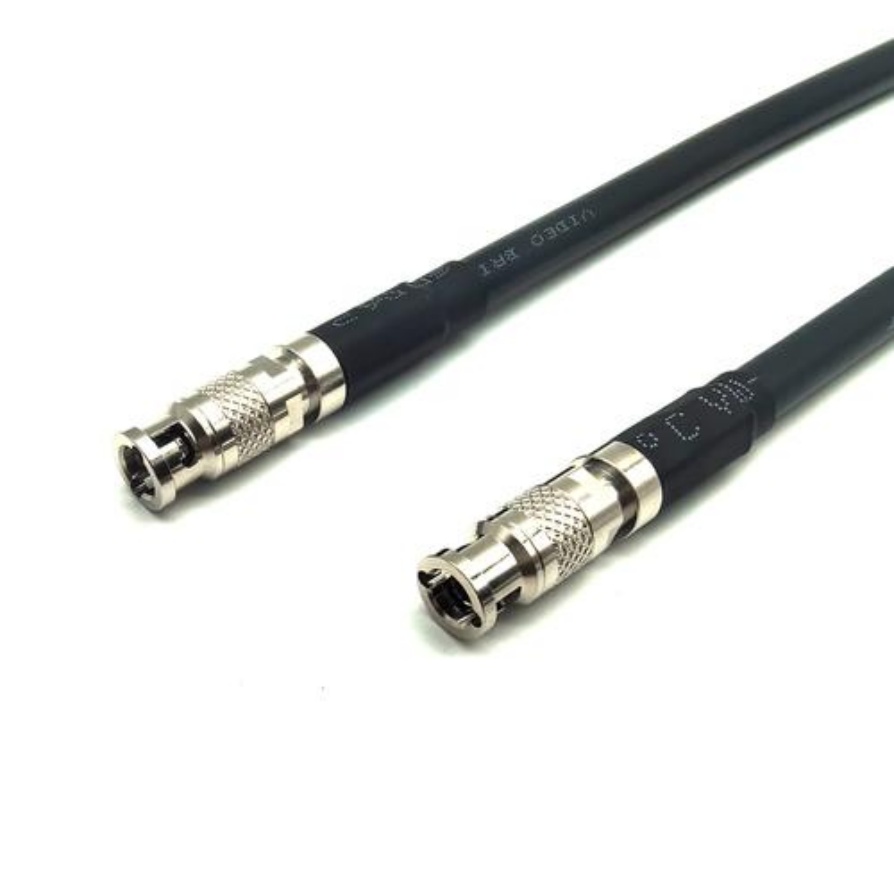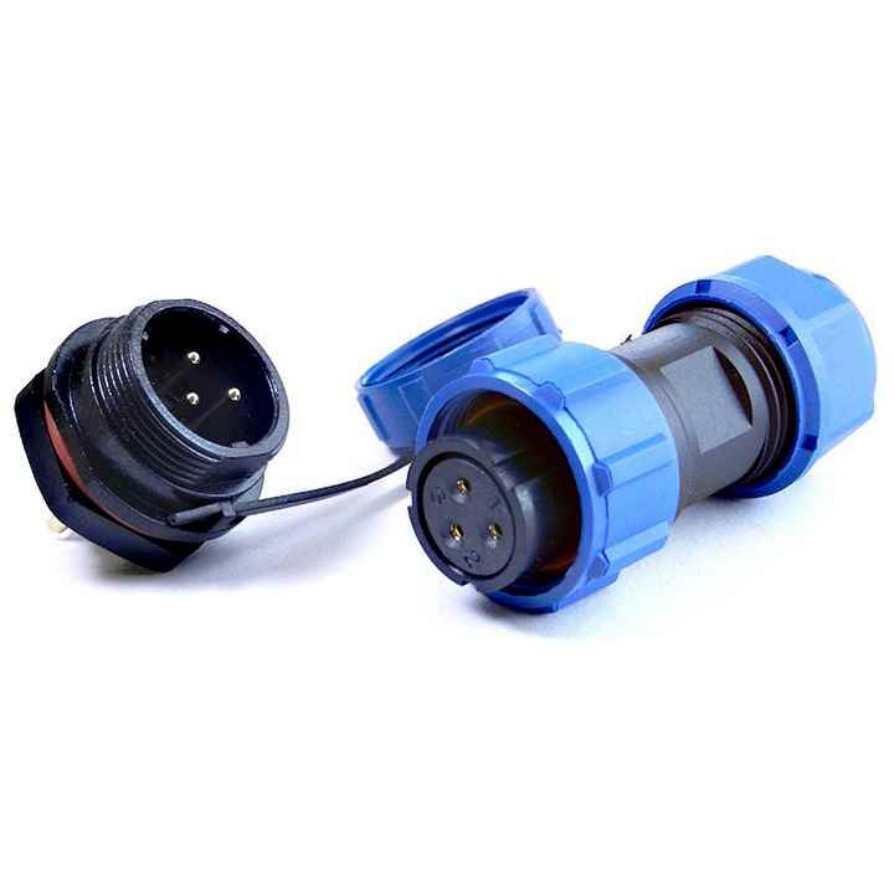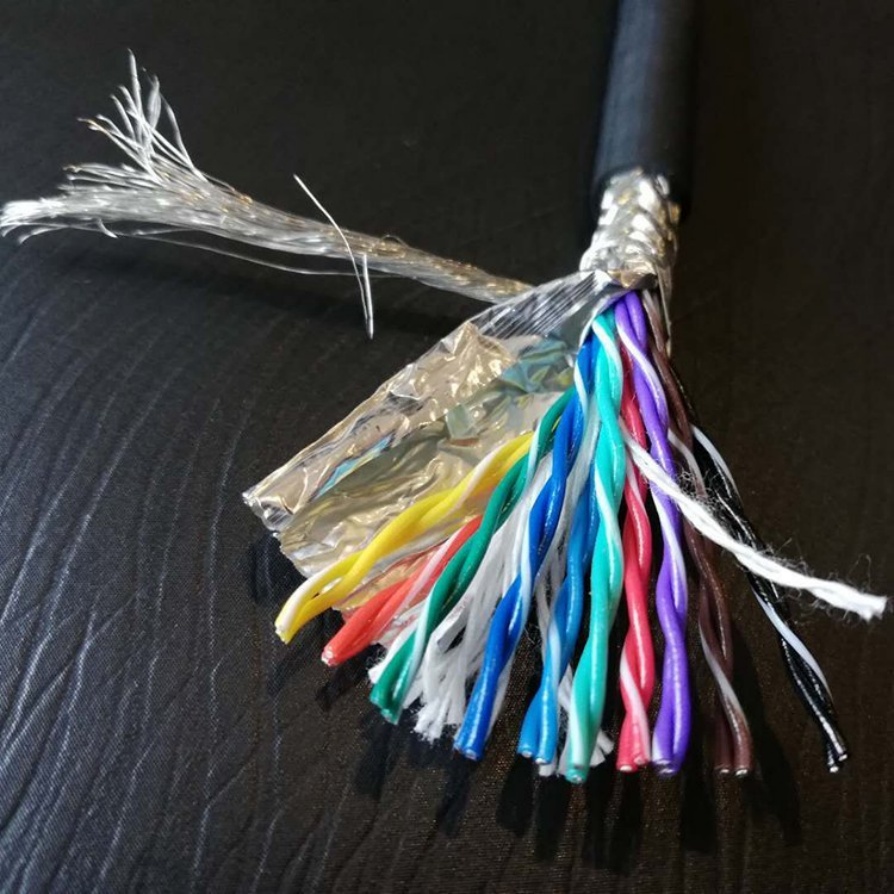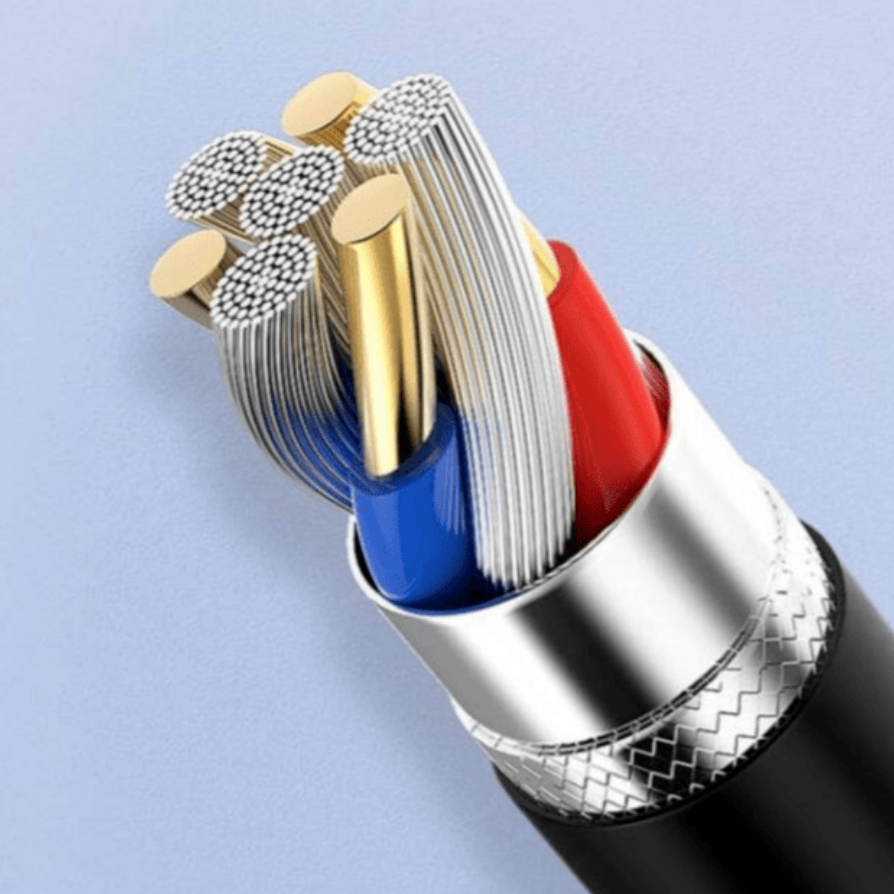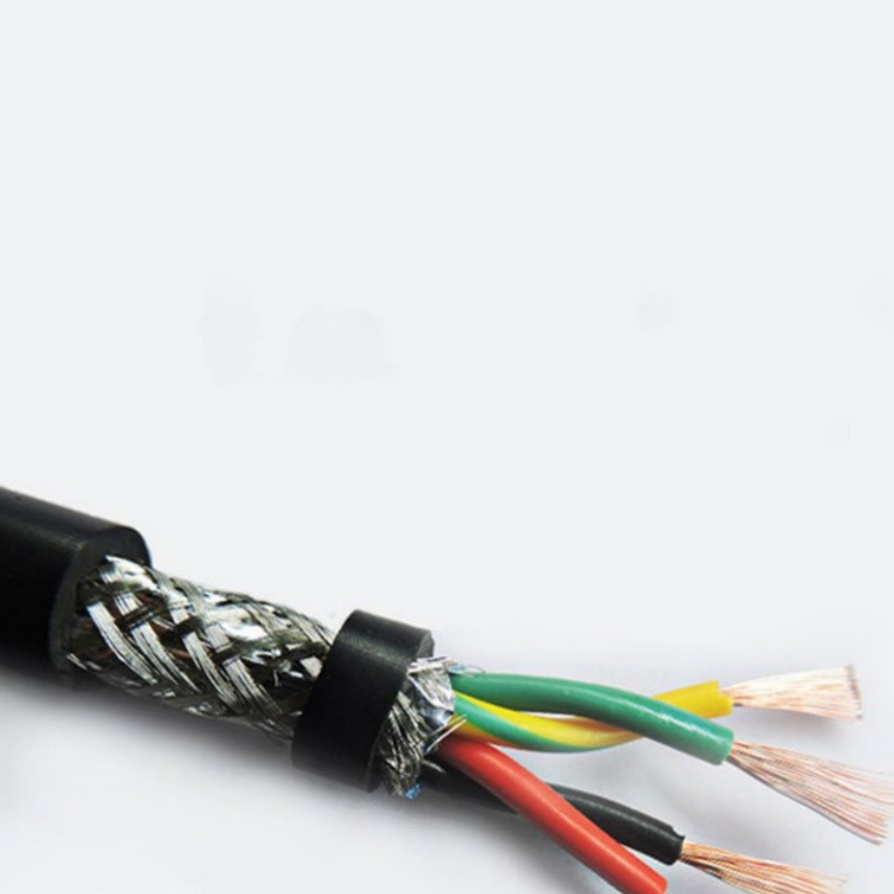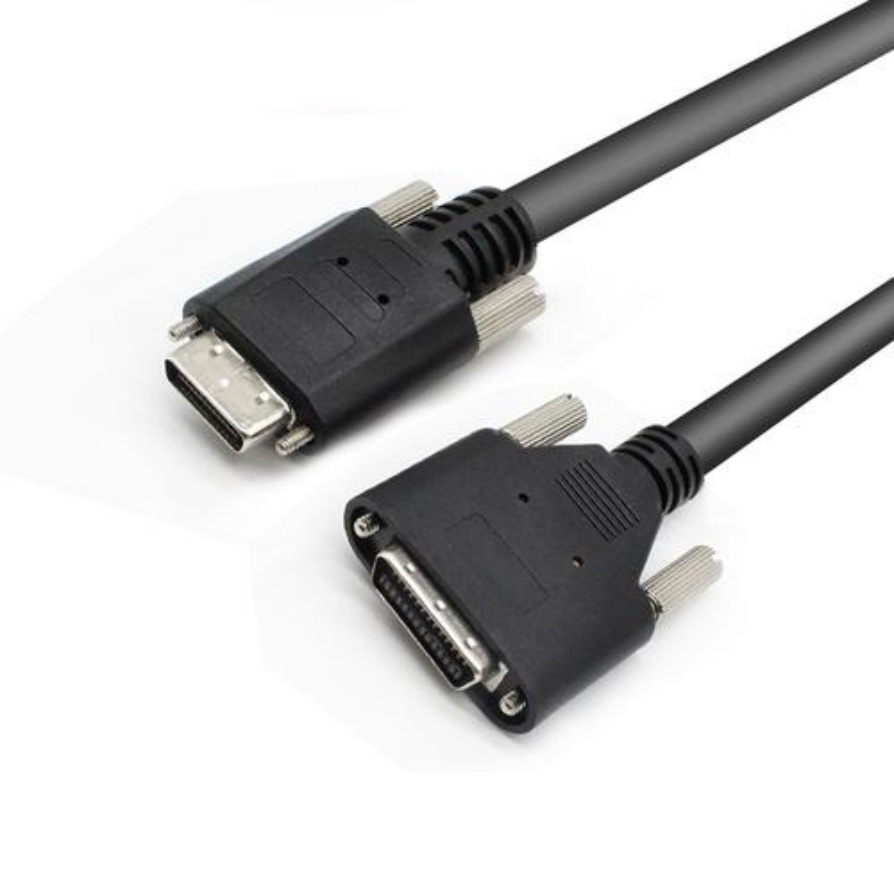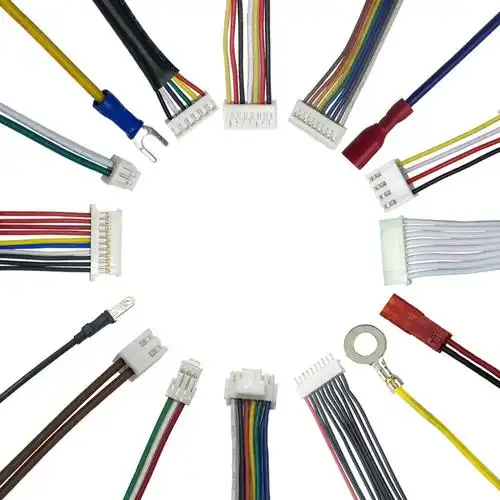What Is a Multi-Core Vision Cable?
In the era of industrial automation and smart manufacturing, machine vision systems have become the “eyes” of production lines—responsible for precision inspection, object positioning, and quality control. At the heart of these systems lies a critical yet often overlooked component: the multi-core vision cable. Unlike standard cables that only transmit single signals, a multi-core vision cable is a specialized transmission medium designed to integrate multiple functional cores (for data, power, and control signals) into one durable jacket. It serves as the “neural network” of machine vision setups, ensuring seamless, high-fidelity communication between cameras, lenses, light sources, and control units.
Core Definition and Structural Design
At its core, a multi-core vision cable is defined by its integrated multi-core architecture, which differentiates it from single-core or general-purpose industrial cables. Its structure is tailored to the unique demands of machine vision systems, typically consisting of three key parts:
- Functional Cores: These are the “data highways” of the cable. A single multi-core vision cable may include multiple twisted-pair cores for high-speed image data transmission (supporting protocols like GigE Vision or USB3 Vision), dedicated power cores to supply stable electricity to cameras/light sources, and control signal cores for triggering or adjusting device parameters. This integration eliminates the need for multiple separate cables, reducing clutter and installation complexity.
- Shielding Layer: Machine vision environments (e.g., factories with motors, inverters, or high-voltage equipment) are prone to electromagnetic interference (EMI). Multi-core vision cables address this with layered shielding—often a combination of aluminum foil (for low-frequency interference) and tinned copper braid (for high-frequency noise)—to protect image data from distortion.
- Protective Jacket: The outer jacket is made of rugged materials like PVC, PUR (polyurethane), or TPE. These materials resist oil, abrasion, and temperature fluctuations (ranging from -40°C to 80°C in most cases), making the cable suitable for harsh industrial settings, such as automotive assembly lines or food processing plants.
Key Technical Advantages for Practical Use
For users researching multi-core vision cables, understanding their practical benefits is critical to evaluating whether they fit specific application needs. Here are the most impactful advantages:
- High-Speed, Uninterrupted Data Transmission: Machine vision systems rely on large volumes of image data (e.g., 4K or 8K resolution) for real-time analysis. Multi-core vision cables use twisted-pair cores with impedance matching (typically 100Ω ± 20% for GigE Vision) to support data rates of up to 10 Gbps, ensuring no lag or data loss—critical for high-speed production lines where even a millisecond delay can cause defects.
- Space and Cost Efficiency: By combining data, power, and control cores into one cable, multi-core vision cables reduce the number of cables needed in a system. This not only saves space (especially in compact machines) but also cuts down on installation time, labor costs, and long-term maintenance (fewer cables mean fewer points of failure).
- Durability for Long-Term Reliability: Industrial environments subject cables to constant stress—including bending, pulling, and exposure to chemicals. The robust jacket and reinforced shielding of multi-core vision cables extend their service life (often 5–10 years in typical use), reducing the need for frequent replacements and minimizing production downtime.
Typical Application Scenarios
Multi-core vision cables are not one-size-fits-all; their design can be customized to match specific industry requirements. Below are the most common use cases where they are indispensable:
- Automotive Manufacturing: In car assembly plants, machine vision systems inspect welds, paint quality, and component alignment. Multi-core vision cables connect high-speed cameras to control units, withstanding oil splatters and mechanical vibration while transmitting clear image data for defect detection.
- Electronics Inspection: For small components like circuit boards or semiconductors, machine vision systems need ultra-precise image data. Multi-core cables with low-signal-loss cores ensure that tiny details (e.g., 0.1mm solder joints) are captured accurately, preventing faulty products from entering the market.
- Logistics and Packaging: In warehouse automation, vision systems read barcodes, verify package dimensions, and sort items. Multi-core vision cables operate reliably in cold storage (via low-temperature-resistant jackets) or high-traffic areas, ensuring smooth data flow for fast sorting.
- Food and Pharmaceutical Processing: These industries require cables that meet hygiene standards. Multi-core vision cables with food-grade PUR jackets (resistant to cleaning chemicals like ethanol) are used to inspect product packaging for seals or contamination, complying with FDA or EU food safety regulations.
Choose FRS: Your Trusted Multi-Core Vision Cable Manufacturer
When selecting a multi-core vision cable, the quality of the manufacturer directly impacts system performance. FRS, a leading factory specializing in industrial cables, delivers multi-core vision cables that align with the practical needs outlined above—combining technical excellence with customization.
FRS’s multi-core vision cables are engineered with:
- Tailored Core Configurations: Whether you need 4-core, 8-core, or 12-core designs for GigE Vision, USB3 Vision, or Camera Link protocols, FRS can customize core counts, shielding, and jacket materials to match your exact application (e.g., oil-resistant jackets for automotive use or low-temperature jackets for cold storage).
- Strict Quality Control: Every cable undergoes rigorous testing—including EMI resistance, data rate verification, and durability trials—to ensure it meets international standards (e.g., ISO 9001, CE, and RoHS). This eliminates the risk of cable failure causing costly production halts.
- End-to-End Support: From initial design 咨询 (consultation) to after-sales service, FRS’s team of engineers provides guidance on cable selection, installation, and maintenance. This ensures you get not just a cable, but a reliable solution that optimizes your machine vision system’s performance.
For businesses seeking a multi-core vision cable that balances speed, durability, and cost-effectiveness, FRS is the partner that delivers on both quality and practicality.


